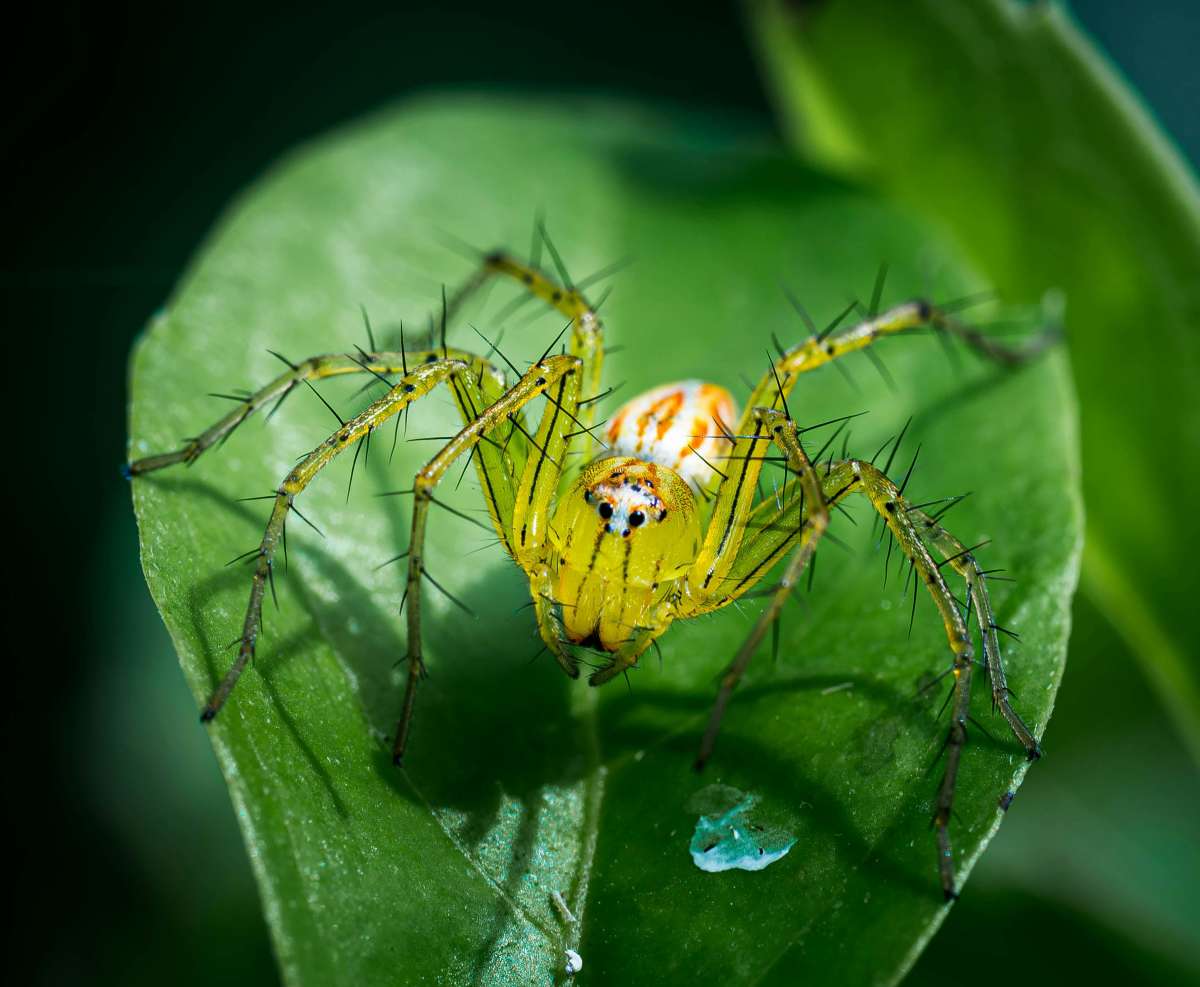First-of-its Kind Study Shows That Evolutionary Explosion Plays Prominent Part in Species Diversification

Researchers have uncovered an interesting insight about evolution, shedding more light on the current picture of biodiversity, which is explained in detail within the journal Frontiers in Ecology and Evolution. Through examinations, researchers concluded that most species on Earth came from some evolutionary explosions. The result of this phenomenon was that most living species on the planet are concentrated in disproportionately rich genera, exhibiting high levels of diversification. This pattern was observed by experts in a wide variety of beings, from flowers to birds, though the readings associated with bacteria raise some doubts.

Uneven Biodiversity
Researchers have long speculated that the family tree of all species, whether living or extinct, is not evenly spread out, according to Science Daily. Some groups have exceptionally high numbers of closely related species, while some have very low numbers. British evolutionary biologist JBS Haldane claimed that beetles make up 40% of extant insects, passerines represent 60% of bird species, while 85% of plant species are flowering. This unequal spread has always been speculated, but never confirmed, as researchers were unsure whether it was a universal phenomenon, applicable to most groups. They were unable to get accurate data to make the assertion, as it was difficult to examine all the species in the world and the evolutionary relationships they share.

Analysis of Species
Researchers decided to conduct a first-of-its-kind examination to understand whether the pattern of unequal distribution was universal. They examined available data on around two million species belonging to a wide variety of creatures, including vertebrates, animals, insects, plants, and more, according to Tech News. These two million species included 2,500 families as well as dozens of major taxa. During the examination, researchers considered: richness, age, and diversification rate of the subjects.
The results indicated that no matter at what level experts investigated kingdoms, families, or phyla, outcomes showed that more than 80% of modern species were associated with groups exhibiting high rates of diversification. Experts labeled this phenomenon as "evolutionary radiation," which essentially refers to a period when several new species emerge in relatively short timescales. Several factors, like flight, flowering plants, and isolation, facilitated the "evolutionary radiation" at different points in time. These factors pushed a certain number of organisms to acquire innovations, to adapt to changing conditions.
The team believed that most modern species came through due to the explosion of evolution that the beings underwent during specific periods. These innovations only affected a certain number of beings, leading to the disproportionate concentration. "Key 'accelerators' of such radiations are major evolutionary innovations: multicellularity, the conquest of land, the shift to herbivory in arthropods, and in plants — flowers and specialized pollination," the authors named certain innovations in the study.
Researchers cited the example of how the innovation of multicellularity, in certain beings 610 million years ago during the Ediacaran period, triggered the Cambrian explosion, when most ancestors of modern animal phyla were born. Hence, all the new species in the Cambrian explosion came into being due to an evolutionary explosion triggered by multicellularity.

Confusion of Bacteria
Experts are unsure whether the theory of disproportionate diversity applies to bacteria, as the study is based only on known species. And in the case of bacteria, the unknown species could be in millions or even trillions. "Scientists emphasize that their conclusions concern only known species. With bacteria, it's more complicated: only about 10,000 species are described, but real diversity may reach millions or even trillions. If that is the case, bacteria — with their low evolutionary rates — could turn out to be the dominant branch of the 'tree of life,' overturning the entire picture," the study stated. The pattern exhibited by the unknown species remains under wraps and hence cannot be included in readings. The study highlights the importance of ecological and evolutionary factors that shape the biodiversity of the world.